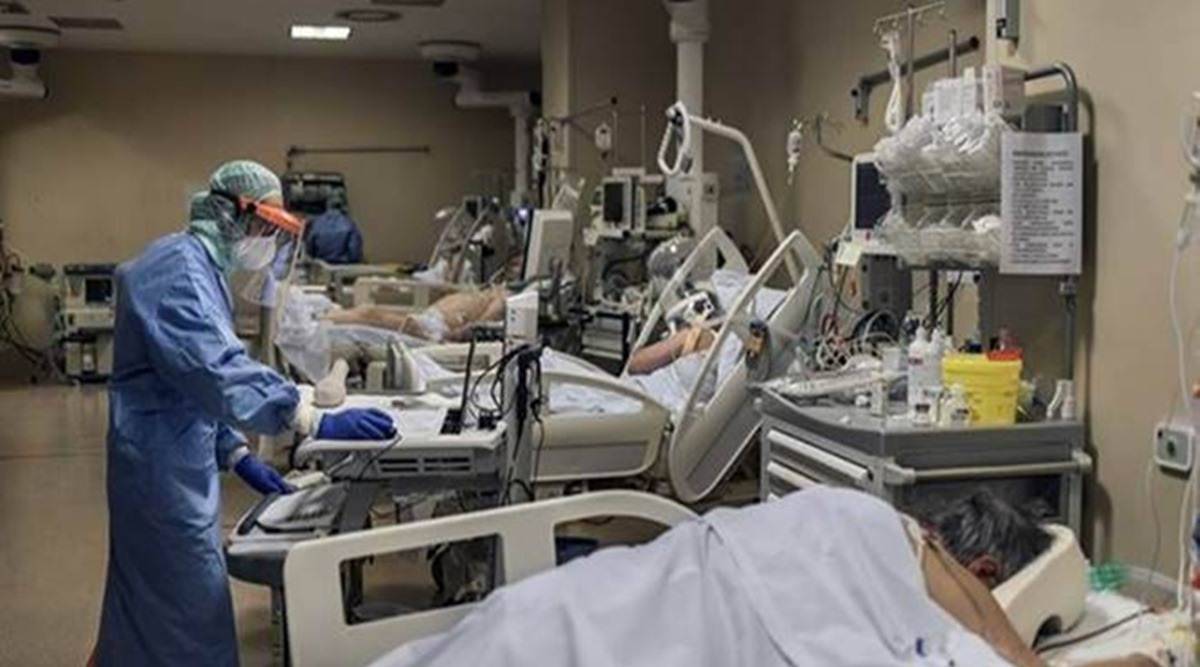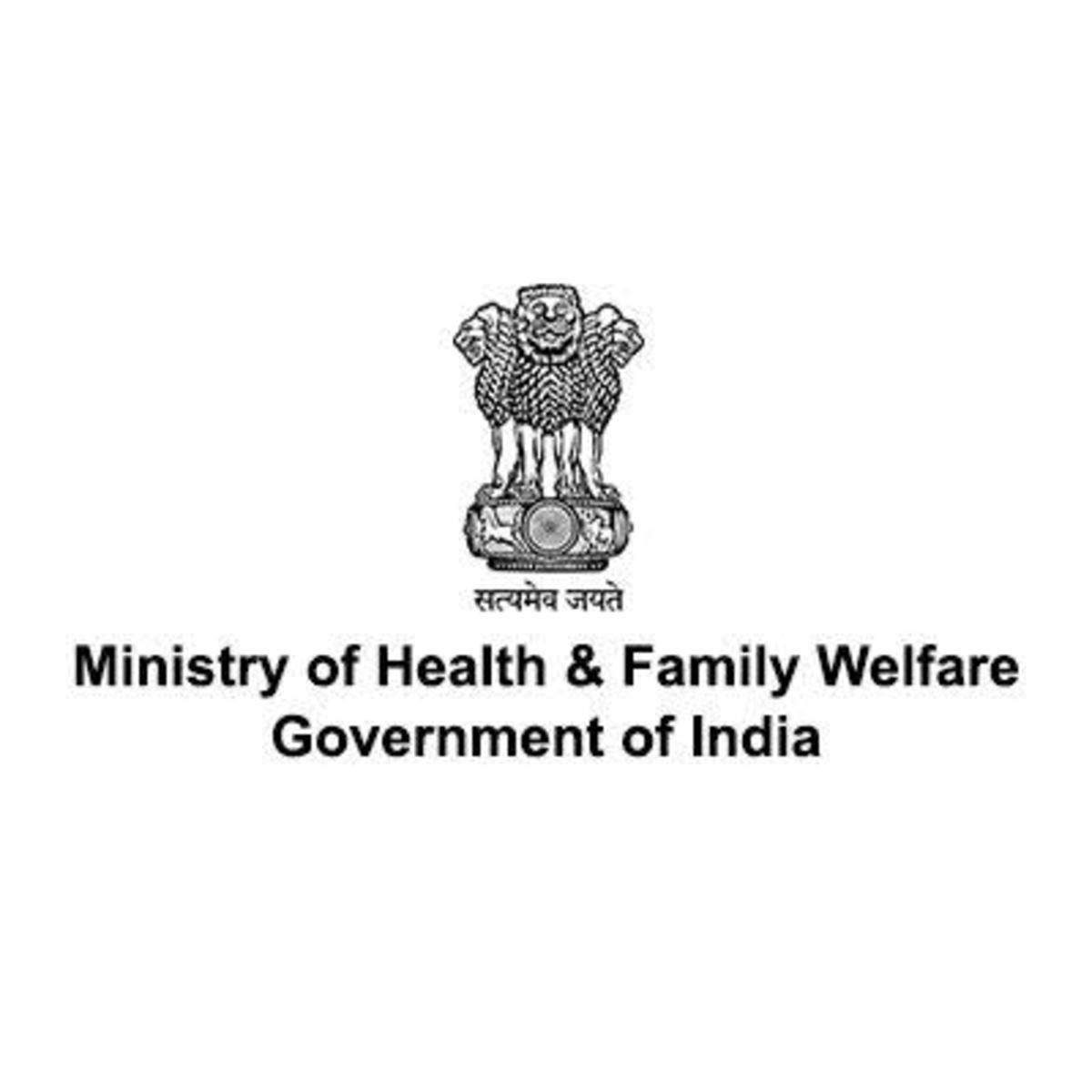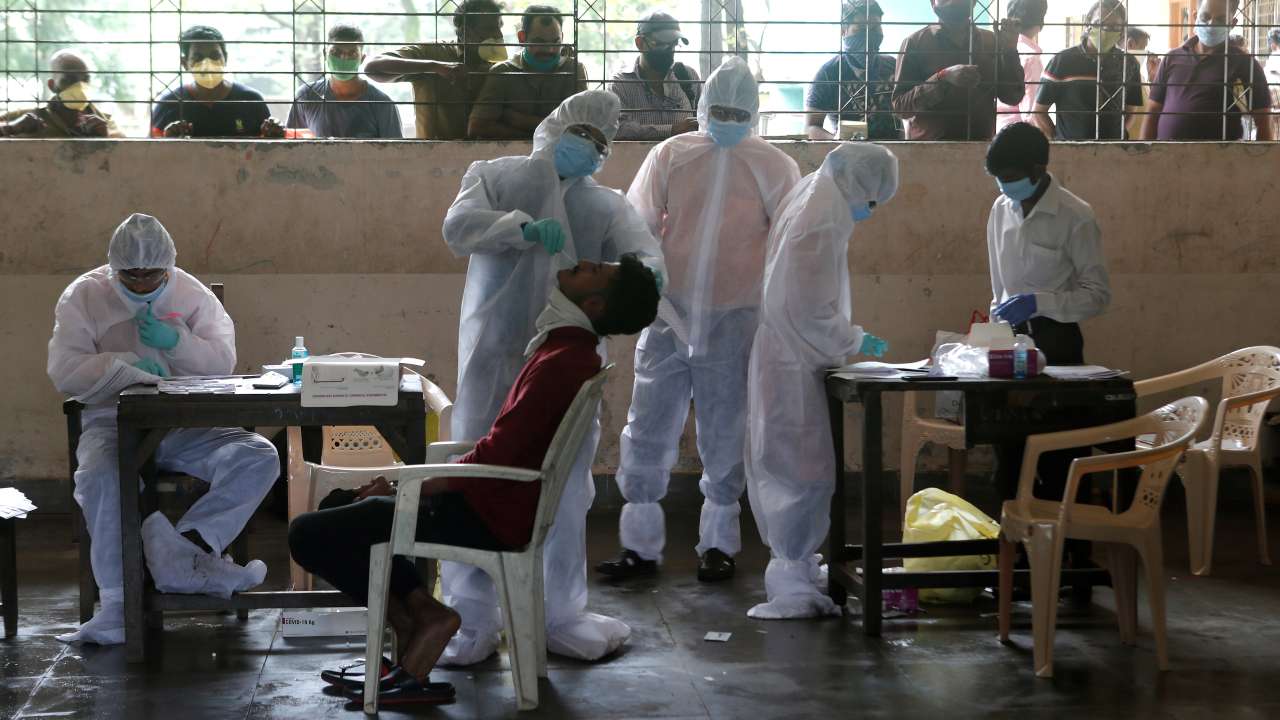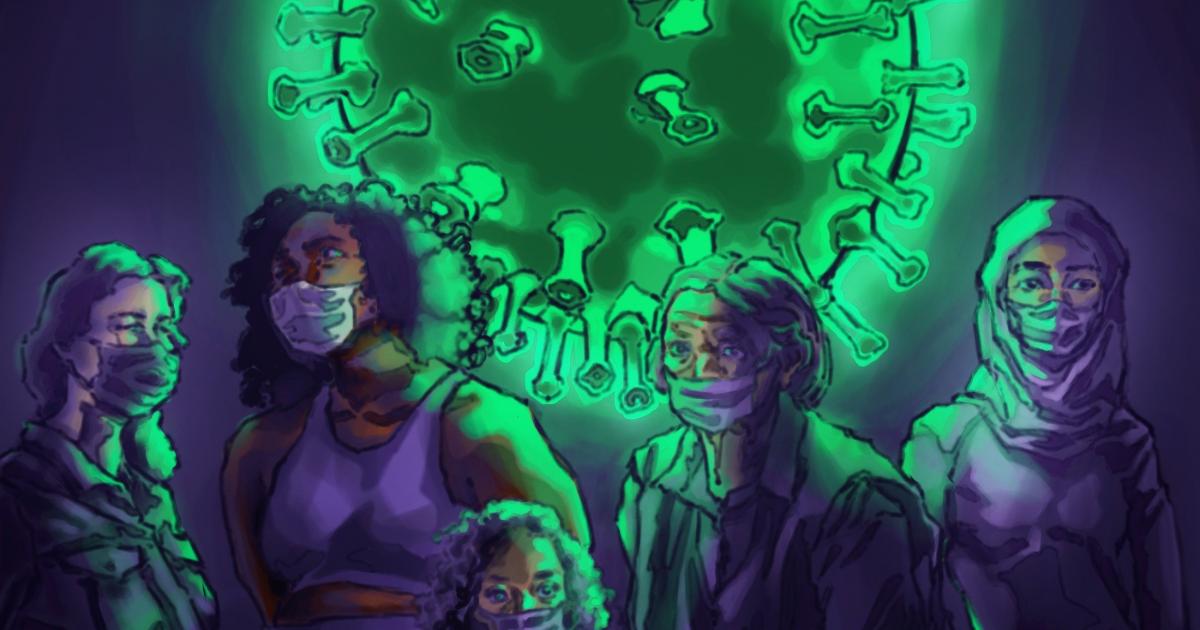Globally, doctors are generally given the stature next to God as they are healers who bring people back from death. A professional doctor dedicated to the work is an earthly person equipped with a comprehensive knowledge and necessary devices that allows the diagnosis and treatment of others with correct insights and procedures. They are not just the healers but also the lifesavers who work tirelessly for the mankind. Doctors are doing a very noble and honourable work, which has been surveyed to be one of the most sought-after professions. Undoubtedly, doctors and their teams generally are very proficient and have demonstrated their importance time and again for mankind.
Medical Scenario in India
Indian medical scenario is well known all over the world. The doctors originating from India are reaching new heights and are stepping towards the zenith of success globally.
Highlighting the bright side of the story, as India has always been a country of tradition; the qualities of our doctors are deeply rooted in our culture, in every human irrespective of her/his religion. According to a survey, it has been found that Indian doctors are very charitable in comparison to doctors throughout world. They are a bit more connected towards the pain of the people and the nation in general.
The increasing exigency of Indian doctors is growing everyday and is completely undeniable. The Indian doctors with their excellent skills and knowledge have spread their arms globally. The massive number of medical colleges and government support for the profession is giving wings to the growth chart. Needless to say, India is a reservoir of medical professionals. India is providing a work field, infrastructure, underprop, as well as substructures to doctors everywhere ranging from the small villages to the big metro cities. The dedication and spirit of Indian doctors have expanded across their working arena. Aside from the allopathy, India also has doctors who access Ayurvedic, Unani as well as Homeopathic medicine system having almost zero side effects. The doctors have mixed the Indian nature and the culture in their profession very effectively and efficiently and this compassionate spirit has entitled them to be known as the asset of the nation in terms of providing treatment.
Deficient Manpower in India in healthcare sector
The WHO recommends a standard doctor to population ratio of 1:1000 and surprisingly only 11 among India’s 29 states meet this WHO recommendation standard, while none in the public healthcare sector manages to make the cut. Despite India having a booming private medical sector, the public healthcare system operates at a dismal ratio of 0.08 doctors for 1000 people. A researcher has studied the lack of staffs in medical profession that are properly practiced in administering antibiotics and analysed the data and has found that India has a shortage of approximately 600,000 doctors and 2 million nurses.
The capital of India, Delhi, undoubtedly has the greatest number of doctors working in the public healthcare sector whereas Goa holds the highest number of registered doctors, with a doctor to population ratio of almost 2: 1000. The state itself is a rare example of medical manpower management and the proper use of doctors as Goa became the first Indian state to become free of COVID-19. (Recently, the state of Goa has again seen 590 new cases.) According to a survey, the states that are facing the highest shortfall of doctors are Uttar Pradesh, Chhattisgarh, Odisha, and Madhya Pradesh that house a huge share of more than 0.8 billion of the Indian rural population. The need of the hour is to focus on this demand-supply mismatch in our healthcare infrastructure. Primary Healthcare Centres (PHCs) are the rudimentary structural and functional constituents of the public health services in India. It is high time for India to start addressing the shortage of doctors at this level of the healthcare. In 2018, government data revealed that 10 Indian states have insufficient doctors at the PHC level. This shortage has burdened the skills of the doctors, and has made a web around them that grappled with the mismatch between the talent and the number of available doctors.
It is a necessity to realise that these numbers are the best-case scenarios when our doctors are working at their full potential. COVID -19 has made things more transparent in terms of exposition of the ground level scenario. For any rational observer, a thought would cross the mind that the situation would have been better if the nation had focused on the issue before. We listen, read and hear very day of doctors being appreciated for their hard work, dedication, long working hours, unstoppable working skills and yet the people failing to understand the stress felt by the doctors. There are numerous cases where the doctors are harassed when there is death of the patients, in cases where either it was too late or the hospital’s infrastructure was not up to the mark. In such mentally straining situations, the doctors take the responsibility and burden on their shoulders. This workload has squeezed the last drops out of their potential.
In 2009, we have already witnessed this in the Swine Flu outbreak. We are witnessing it now during the Covid19 outbreak. We saw how much strained the population of people serving in the healthcare sector has come to be. We will continue to relive similar outcomes of such outbreaks unless the country infuses more doctors into the healthcare sector by judicious spending in medical education. Setting up of a new NMC in place of MCI will not help much. The government spending has to be done in the health sector, including the private sector (through PPP), in terms of allowing them of providing subsidised treatment as well as in public health infrastructure. Authorities need to put their mind into this otherwise; undoubtedly such outbreaks and public health hazards would be more unmanageable with increasing population. The conditions would become more fatal and more challenging in the future.
COVID-19 and Indian Doctors
Unless all Indian states meet at least the essential healthcare requirements i.e. the number of doctors, personal protective equipment (PPEs) among others, the country cannot possibly block, contain and tackle the pandemic. Presently, the best strategy is containment and stringent testing to make sure that the fragile healthcare system is not overburdened or exploited. As global healthcare scuffles to survive with COVID-19, our nation has a long way to go before it can go win the battle.
In Karnataka, private hospitals and nursing homes have shared that they are facing shortage of doctors, nurses and ward staff to treat and take care of patients struggling with COVID-19. Apart from this, R. Ravindra, the president of the Private Hospitals and Nursing Homes Association (PHANA), said that they are facing 30% shortage of doctors and 50% scarcity of nurses and ward boys. He added multiple reasons for this which includes fear of doctors of getting infected. In some cases medical staff went to their hometowns during the lockdown and did not return and almost 6% to 10% of staff tested positive and are under quarantine aggravating the shortage situation.
Sudarshan Ballal, the director of Manipal Group of Hospitals, also shared insights about the same shortage scenario during this pandemic. This has burdened the existing doctors as they have to work in shift system. In order to deal with this insufficiency the association has written to Rajiv Gandhi University of Health Sciences to depute their final-year nursing students, including those specialising in Ayurveda and other streams. Dr KK Gupta, Director, Medical Education said that students completing MD, MS and PG Diploma courses will be appointed for the post of senior resident doctor at government hospitals, which is a very sought-after position. India is dealing with the situation and is gradually realising that the nation needs more medically trained manpower for such pandemics. It is a learning outcome for India in terms of having sufficient number of doctors for such a large population in such unpredictable times of the pandemic.
Workload & Stress are Barriers for Real Potential
As a result of the shortage, doctors are currently bearing with high workload leading to poor performance and high tendency to make mistakes which can be and are scary in medical environment. Countless cases of medical negligence are being regularly reported and documented which can be traced to the burden of overwork. Within the department, lack of support from senior colleagues and faculty has also been reported in healthcare. This shows that the burden is equal on all the branches and levels of the department.
However, what is sorrowful and surprising is that mental stress on doctors at times leads to suicides which further aggravate the shortage situation. A human sometimes fails to deal with the stress or the consequences due to stress. This condition is sometimes complicated by overtime. As a result, it gets hard to conceive, plan and perform a human function at his optimum on that single day and afterwards without enough amount of sleep. Along with the economy getting bigger, our healthcare also requires a bigger contribution both in terms of the size of the pie as well as percentage.
It is undeniable that healthcare sector in the country is woefully underfunded and this state of affairs is unacceptable. A greater addition in the number of postgraduate residency seats combined with clearing of the bottlenecks in the medical education system is the current need of the hour.
Deficiency of human resources in healthcare occurs at several levels, amongst the regions, between rural and urban areas, as well as between the public and private sectors. On the one side of the coin, there is unwillingness of doctors and other health personnel to work in rural areas; on the other side, even in the urban areas, preponderance of the large health manpower is noticed in the private sector driven by profit. This causes delivery of their services beyond the approach, access and reach of the majority of poor in the nation. The density of doctors is almost four times higher in urban areas when compared to the rural areas and that is a problematic statistics.
Despite deficiencies, doctors are expected to lead the way in solving problems and supervising the work of other team members as well. Deficiency of health personnel is by no chance limited to the doctors alone. This insufficiency besides affecting the delivery of curative services may also reflect adversely in the complete functioning of the health team. This strongly affects the patient. Private hospital patients complained that doctors were conducting fewer rounds per day and giving priority to most-serious patients, specifically during the pandemic.
A medical officer in charge of the CHC at Baijnath in district Bageshwar, Uttarakhand, said that given the patient workload and the strength of doctors at the facility, he is hardly able to give even a minute per patient in the OPD. This makes us wonder what is the worth of a doctor’s work, and what quality of services they have and ultimately what they are actually providing.
It is high time for the government to deal with this shortage. This issue is not only playing with the lives of the doctors but it is leaving a huge impact on their skills, their patients, their patience and their potential. The stress, the burden, the mistakes can be life threatening.
We must understand that more manpower gives more strength and courage to any individual in healthcare as well as to the whole nation. A single man cannot win a battle; a force is required whether it is on a battlefield or in a hospital. Both of the pillars hold equal responsibility towards the nation.
The author is a student member of Amity Centre of Happiness.











